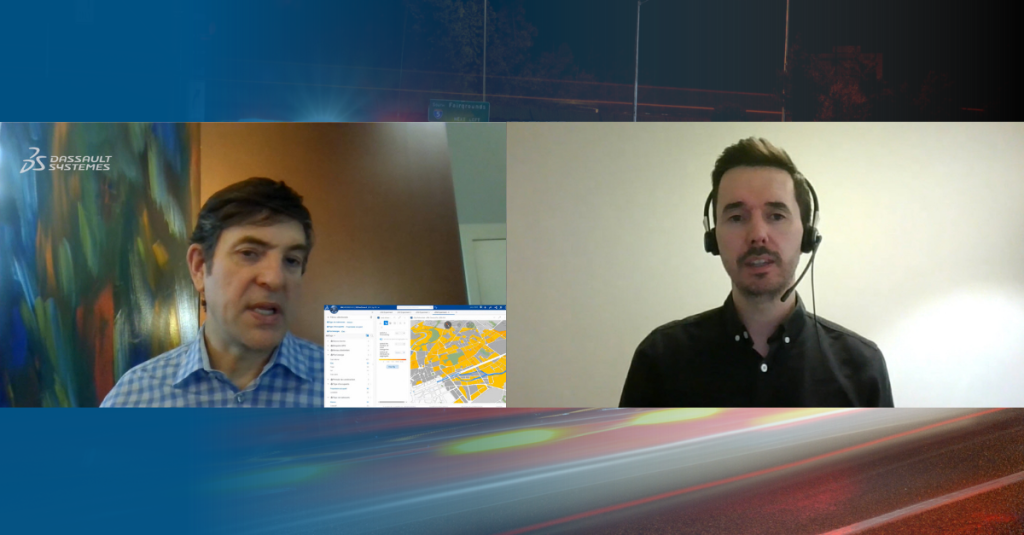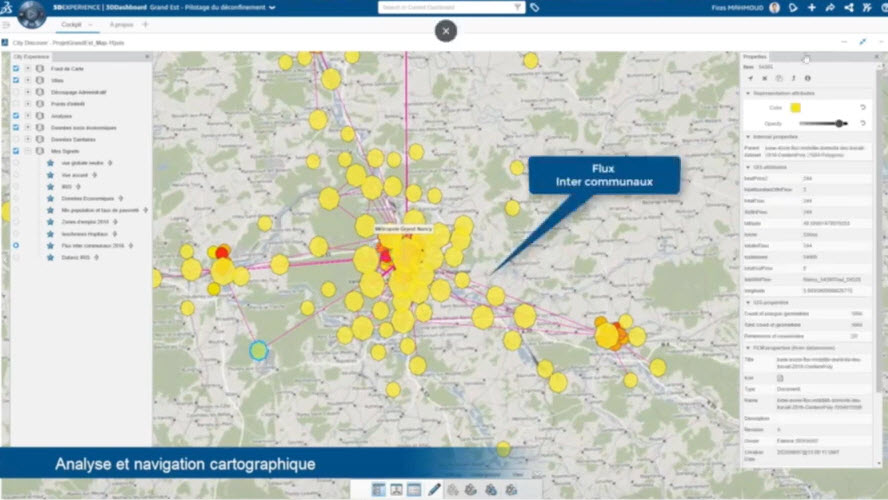The final part in Dassault Systèmes’ Future Sustainable Cities Program, Track 1: Sustainable City series looks at how frontline services can effectively use virtual twin technology for public safety and efficiently manage day-of-operations in the face of disruptions. Read the first part in the series here and the second part of the series here.
The world has become more disruptive than ever with increasing dangers from natural calamities and the ongoing pandemic. Community expectations have also changed, and citizens expect a faster and more perfect response to these events. The need for appropriate frontline empowerment and frontline government is becoming apparent in light of these demands.
“The Future of Public Safety”, presented by Nigel Deans, Dassault Systèmes’ AP SOUTH Sales Expert Senior Specialist, DELMIA Quintiq, and Kevin Moran, Dassault Systèmes DELMIA Senior Industry Process Consultant discussed how virtual twins are gaining traction in the development of new capabilities for public safety frontline services to efficiently manage day-of-operations disruptions.

While the concept of virtual twins is relatively new to public safety, what’s really crucial is making the experience of the frontline as frictionless and as seamless as possible when they engage with technology solutions.
Real-time information needs to be accessible and available easily to facilitate spontaneous decision making. One of the more interesting applications of the two-way mobility channel is around the assessment of the fatigue risk in staff members and frontline workers.
Simulating and planning ahead for potential hazards in virtual twins
Disruption management and mobility are strongly linked. Disruption management primarily focuses on very short-term planning horizons such as the day of operations. Many frontline agencies have increased investment in Manufacturing Enterprise Resource Planning (ERP) software. ERP gives the operators the ability to control the master data and collate all of the information. However, there is a pressing requirement for solutions to actually make that data visible and available to decision makers on day of operations.
Therefore, there has been a considerable increase in application of the virtual twins system in the frontline, especially when the agencies have some amount of time to plan ahead. This allows for them to run multiple simulations and assess the impact of multiple possible decisions.

Once a digitalised model of the real world is available, you can then simulate all the different aspects of this world and the potential hazards that can occur in it. The virtual twins system has been used by different agencies across the globe, including hospitals, airports, public facilities, to simulate the spread pattern of the COVID-19 virus since the onset of the pandemic.
Similarly, a fire department could simulate a cladding fire and how that cladding fire might move on a particular building, how to tackle the situation and how to manage evacuations. Dassault Systèmes has also been working alongside airport agencies to simulate the event of an explosion in the airports to limit the amount of air-borne materials and shrapnel. These real-time simulations are paramount in increasing the efficiency of first responders in the occurrence of such events.
Watch the full webinar, The Future of Public Safety and discover technologies that are equipping public safety agencies to meet urbanization challenges head-on.
All the webinars of Dassault Systèmes’ Future Sustainable Cities Program, Track 1: Sustainable City are now available on-demand at https://events.3ds.com/track-1-sustainable-city
